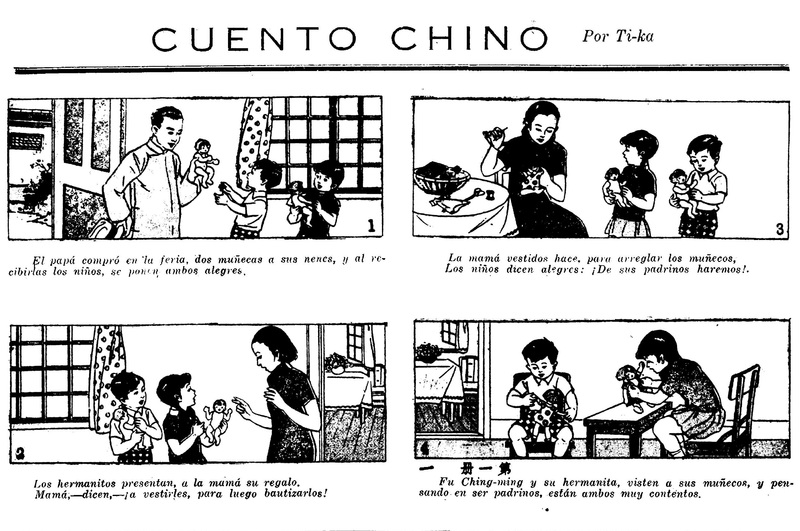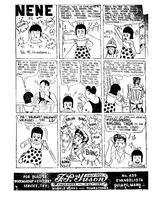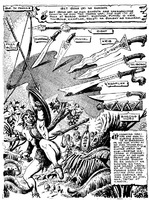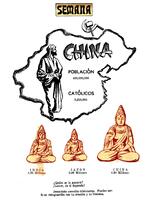
Cartoons and comics
They say that a picture is worth a thousand words, and no wonder: in the Philippine historical press, popular sentiments about historical events or social situations were often translated into cartoons and comics. This collection is a sample of that.




